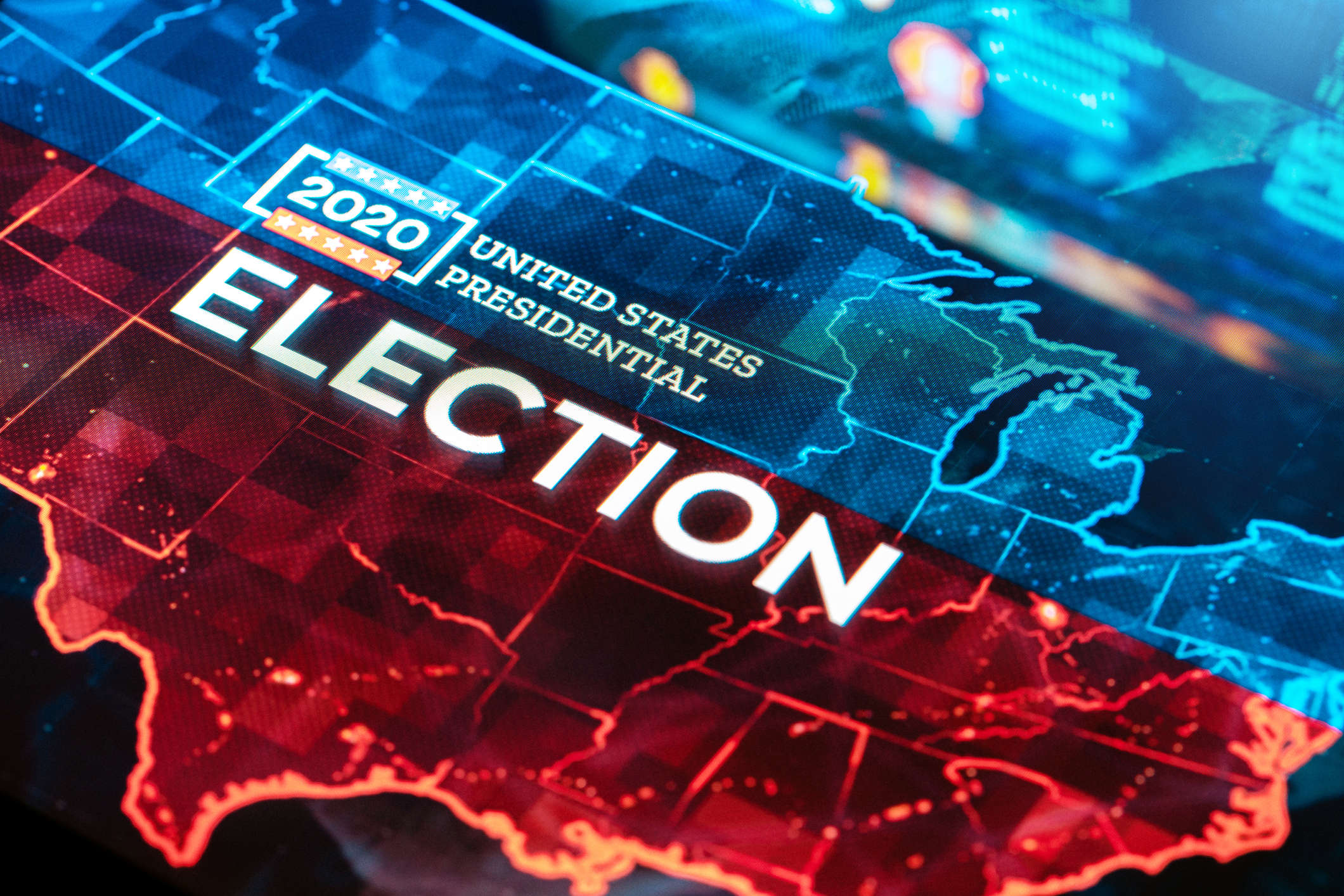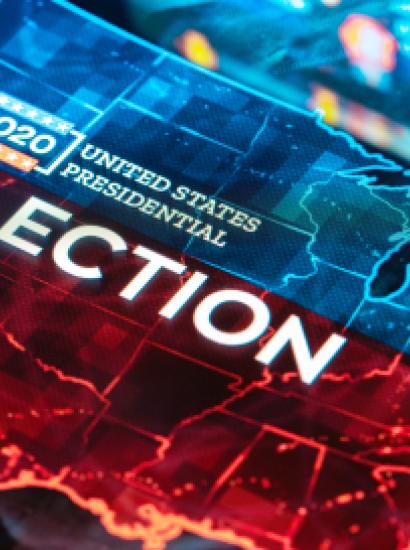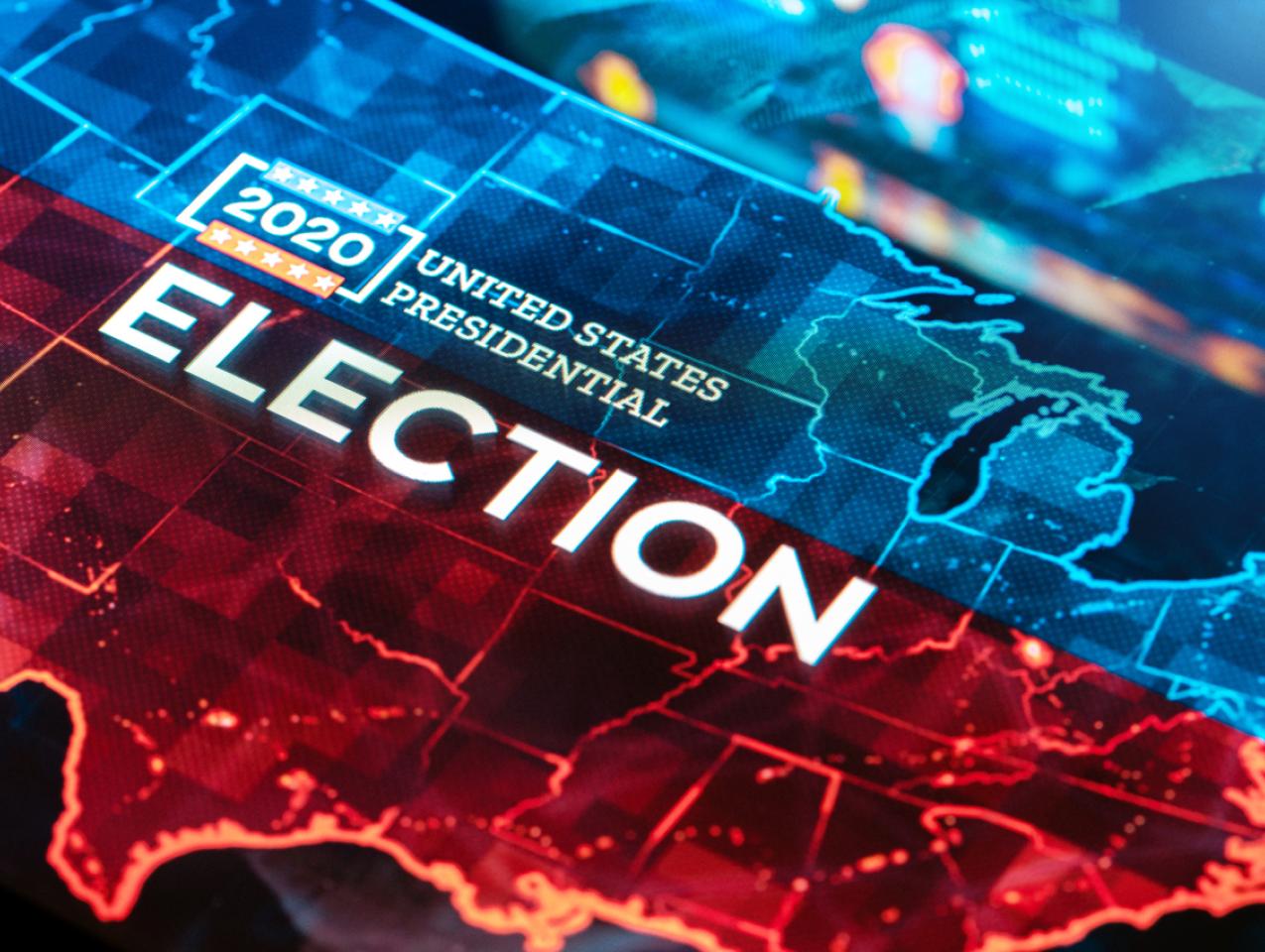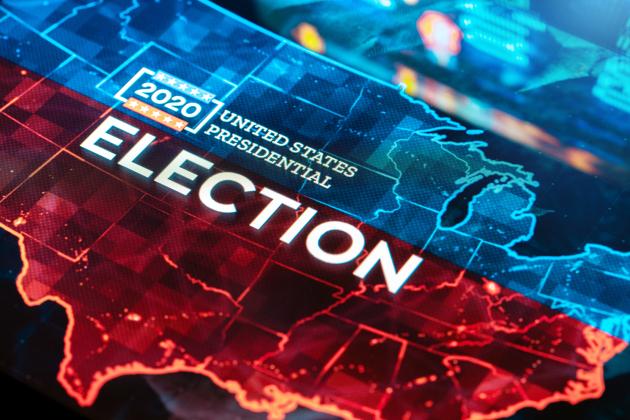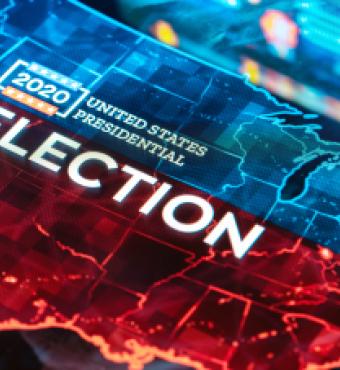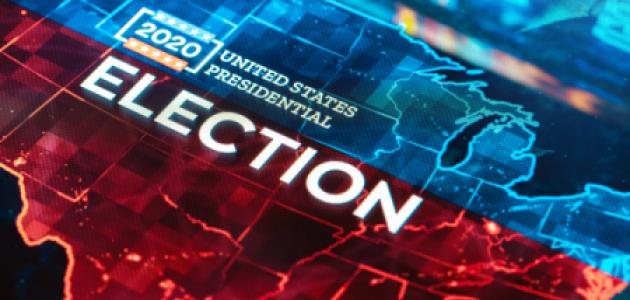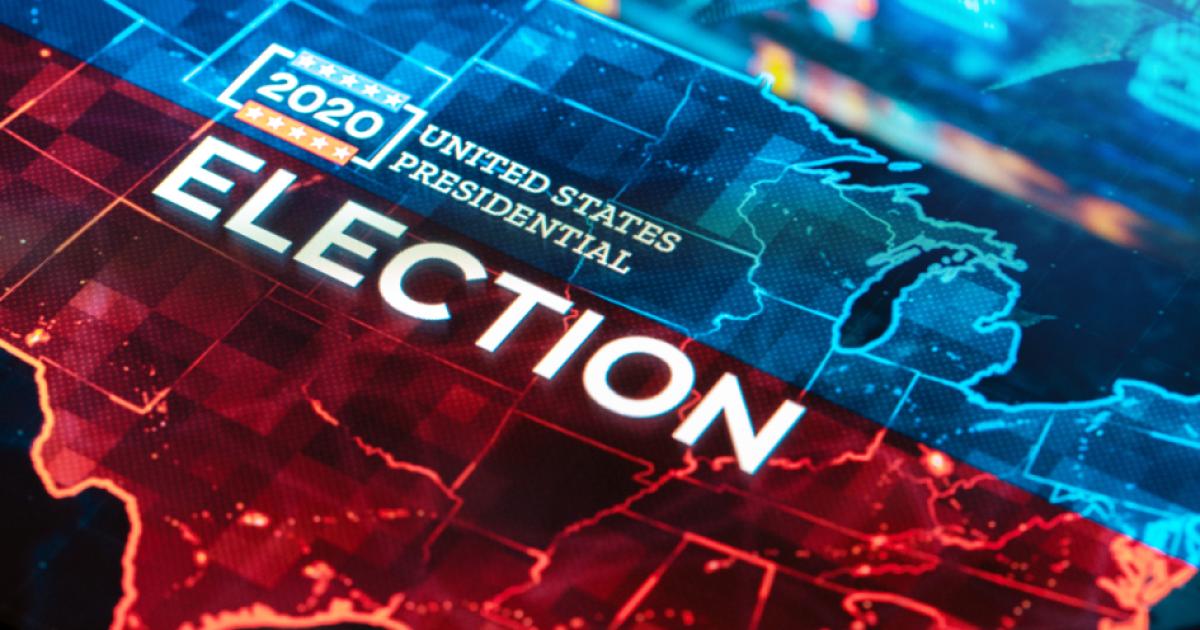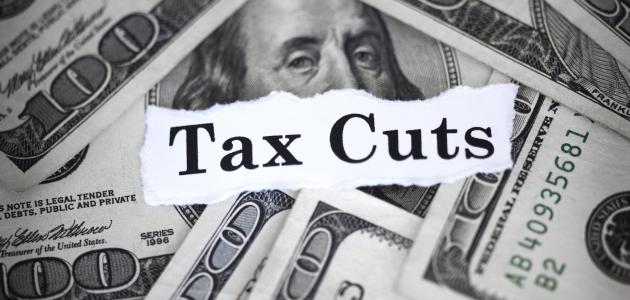by Jonathan Movroydis
The following Q&A is based on an interview conducted on Hoover’s Area 45 podcast by Virginia Hobbs Carpenter Fellow in Journalism Bill Whalen with senior fellows David Brady and Douglas Rivers about their 2020 presidential election predictions.
Brady and Rivers project a popular vote and Electoral College victory for Vice President Joe Biden; anticipate a fifty-fifty split in the United States Senate; and chart out possible paths for a comeback by President Trump.
Four years ago, there were a lot of polls suggesting a Democratic victory. Donald Trump prevailed. There was a question of hidden Trump voters. There was a question of Republicans being in free fall at the time. It didn't pan out. As you two look at 2020 versus 2016, what differences do you see in this race?
Douglas Rivers: Trump has run for four years as if all he needed to do was win the Republican primary. There's been no base expansion since 2016. When impeachment concluded in January, with the economy doing well, Trump's chances looked reasonably good, but what's happened is the COVID-19 pandemic, which means that everyone who had a worry about Trump now has a good reason to vote him out.
David Brady: I don't disagree with Doug. One thing is the numbers have remained more toward Biden compared to 2016. If you looked at 2016 about this time, the numbers varied. There was a lot more flip-flopping. Of course, there was [then FBI director James] Comey’s investigation [into Anthony Weiner’s laptop where emails related to Hillary Clinton were found just days before the election] and all those things, but the bottom line was Mrs. Clinton had a narrower lead, and it was not steady. The Biden lead has stayed around eight, nine points, particularly in the YouGov/Economist polls. In the most recent week or so, it looks like the lead is expanding a bit. It looks to me like he's doing better in the battleground states than she had been [at this same point in time].
One of the major differences at this point is that pro-Biden numbers, as opposed to the pro-Clinton numbers, have been steadier. It looks to me now like they're expanding, whereas in 2016 they were narrower and coming down a bit.
Douglas Rivers: Dave's right on that. If you looked at the overall trajectory of the polls, Biden has led by between six and ten points on average through the whole period. That hasn't fluctuated much, whereas in 2016 the polls went up and down.
At another level, it's been just like 2016 with more events than you can track. There's some big bombshell every day, it seems like. October surprises are now daily surprises. But it hasn't moved the needle much.
I do think there's some evidence that it's getting away from Trump. We have data where we go back and talk to the same people so we can see switchers, and what we've seen is a little higher rate of Trump 2016 voters switching to Biden in 2020, which we did not see earlier. That's what’s caused this bit of expansion in the Biden lead up to about 10 points.
You always hear about the weekend surge in 2016 and the voters at the last minute changing their minds and jumping to Trump.
Douglas Rivers: There was a point to a point-and-a-half of such late switching. I think other people believe it was larger. I don't think it was three points, but definitely at the end, the people who had reservations about Clinton broke for Trump. I think there's a bit of, "You're an incumbent. You're a known quantity," that if the people haven't decided after three-plus years they're going to vote for you, they certainly are prime candidates for switching to the other side.
David Brady: The most recent YouGov polls show that of Trump voters in 2016, about 5 percent now are going for Biden, and only around 2 percent of the Clinton voters in 2016 are voting for Trump.
In the battleground states, I have Trump doing a little better. Of 2016 Clinton voters, 3 percent are going for Trump, but 4, almost 5 percent of Trump voters are now going for Biden. But that new poll you're talking about is a week later than the one I just referred to.
It would not be a presidential election if both the Right and the Left were not complaining about elections being rigged and outcomes being skewed. Is there any evidence of voter fraud in this election?
Dave Brady: My view of that is very little. In the first place, it's hard to study because if you're suppressing votes, you don't say, "Oh, yeah, I'm suppressing votes. Get out of my way." On the other hand, if you're practicing voter fraud, you don’t say, "Oh, yeah, I just voted four times today." The best studies have shown that it doesn’t determine the outcome of elections. There are some cases of voter fraud in very close elections, like the 1960 presidential election and Lyndon Johnson’s upset Senate victory over Texas governor Coke Stevenson in 1948.
Normally, it's the losing candidate who complains: 2016 was one of the rare cases in which a candidate who clearly did not win a majority of the vote and won on the Electoral College complained. My view is it's standard. You're going to hear it each time, but I don't know of anybody who studies these things seriously who believes that it is determinative.
Douglas Rivers: Our Stanford political science colleague Andy Hall just put out a paper that looks at voting by people who had died in the state of Washington, connecting the voter records to the death records. They found a grand total of 14 potential dead people who might have voted, though some of them are ambiguous. It's hard to see whether it's the same person since you have multiple people with the same names.
Out of approximately seven million ballots they looked at, there were a total of 14 potential cases of voter fraud. That explains the general problem with fraud. Either the election has to be extremely close, or you have to do it on a very large scale. It's not a very effective way to win an election unless you can do massive voter fraud. Most of the fraud cases that are prosecuted are not even intentional cases, where they go after people who sometimes don't understand the exact rules.
All signs are that this election, like 2016, won't be particularly controversial as to who wins the popular vote. Hillary Clinton, despite winning the popular vote by a good amount, didn't make any accusations of voter fraud. I expect it will turn out that way this time, too.
The pollsters are saying, "If Trump wins this election, I'm giving up polling." In other words, they're saying that polling, as we know it, is wrong, is broken. If Trump does somehow pull out this election, what does that say about the state of polling in America?
Douglas Rivers: If Trump wins, it would be a catastrophic failure for polling in this election. The overwhelming majority of the polls show that Biden is winning and by a good amount. You can make a case that there's a path for Trump to win the Electoral College, but if you believe all of the polling with a few exceptions, Biden is going to win the popular vote and not by a small amount but by a surely healthy margin.
Robert Cahaly, of the Trafalgar Group, claims that polling is broken. However, he releases very little detail about how they poll. He said that his method uses a question that asks how your neighbors voted, and if you look at the data, you will find that many more people think their neighbors are voting for Trump than they are actually doing, which he interprets as evidence of a shy Trump vote. He makes some adjustment, I don't know what it is, presumably to average how people say they're going to vote relative to how they say their neighbors are going to vote.
Cahaly claims to have accurately predicted that Trump would win Michigan and Pennsylvania in 2016. He gave Trump the advantage across the board. He had Trump, for example, winning Nevada by seven points when, in fact, Hillary Clinton won it by two or three points. In Michigan and Pennsylvania, Trafalgar was not actually the most accurate pollster because he overestimated the Trump victory in those places. In subsequent elections, like the Alabama special Senate election, where Cahaly predicted Roy Moore would win easily, that didn't happen. In the 2018 midterms, he got the direction of some right, but, again, he skewed way too Republican in most of those races. I think his method is one that overestimates the Republican vote and therefore has Trump doing substantially better.
David Brady: The YouGov poll asks the same question: Would your neighbors be surprised by how you voted? It’s true, there were some people who were voting for Trump who said their neighbors would be surprised, but there were a large number of voters who said their neighbors would be surprised that they were voting for Biden. In a quick analysis, I found that of these votes, those who supported Trump tended to live in urban areas and Biden voters were in the rural areas. It’s not just a one-way street.
Douglas Rivers: There are a lot of people who don't talk about politics. If you're really embarrassed about how you're going to vote, you don't participate in polls and you don't talk about politics. I don't think there's any evidence people actually lie about it.
I recently saw an interesting poll, where men and women were asked how they thought their spouses voted, and since most marriages have one male and one female, you should get the same estimate by asking women who are married how they're going to vote and men who are married how they think their spouse is going to vote, and vice versa. Interestingly enough, 50 percent of the men thought their wives were going to vote for Trump, and only a third of the women who are married said that they were actually going to vote for Trump. It's a pattern that we've seen quite frequently, which is Trump voters actually believe that Trump is much more popular than he really is, and they tend to overestimate support for Trump.
When we talk about the shy Trump voter, are we, in some respects, talking about the Bradley effect? Is that one way to process the shy Trump voter, or should we be looking at a different model?
Douglas Rivers: It's a question of whether you believe that people were not telling a pollster how they were going to vote because they were embarrassed about it. That was the so-called Bradley effect. Studies suggest that this was not actually what happened in that race. It was a combination of last-minute movement toward George Deukmejian, the Republican candidate, and some bad polling.
David, you have written a paper with [Hoover Senior Fellow] Michael Spence about the pandemic economy and the presidential election. There is a lot of interesting data in that piece, courtesy of Douglas Rivers and YouGov. What stands out is the two groups that have defected from Donald Trump: one is women and the other is voters with a college education. Can you elaborate on that?
David Brady: The four gaps in American politics are race, gender, education, and age. If you do the comparison on the gender issue between 2016 and 2020, Biden is at 55 percent among women, and that's eight points higher than Mrs. Clinton was. She was at 47. With college graduates, she was at 48 percent, he's at 60—plus twelve. Those are two big gaps in which Biden improved dramatically compared to Clinton.
Among non-college-educated people, Biden is four points ahead of where Clinton was, and so all of those numbers have been increasing over time, and that's what has led me to make the original comment, that the major difference between 2020 and 2016 is that the numbers are not just staying steady at a much higher margin for Biden. They are growing.
Douglas Rivers: What we've seen is that White women college graduates have increased slightly more than the population in moving toward Biden from Trump. We've seen a bit of a movement, a few points post-pandemic, of sixty-five-plus-year-olds weakening for Trump. That was a group that was very good for him in 2016.
The most striking aspect of the data is an across-the-board movement of the groups. It's not like what happened in 2016, when non-college-educated Whites became significantly more Republican. There was also a big shift in college-educated Whites becoming significantly more Democratic. In 2020, every group you look at with the exception of Hispanics and maybe Blacks look like they've become somewhere on the order of five to ten points more Democratic. That's offset slightly by Trump actually doing somewhat better on the order of five points among Hispanics and Blacks. There's a lot of debate about that specific data.
Can a future Republican candidate win a national election using the same strategy as Trump in 2016?
David Brady: My view is Trump is a one-off in the sense that he is a unique political phenomenon. I just don't see anybody in the Republican Party who can step forward and do what Donald Trump did. That means then it goes back to the battle between the old and the well-educated. The people who voted for Romney are college-educated. They're not against immigration. They're for allowing immigrants with high education entry into the United States. They're against increasing taxes on people who make over $250,000. They're for smaller government. The new Trumpian base of the Republican Party doesn't hold to those ideas, so there's going to be a big battle.
If Trump does win this election, how will the Democratic Party take shape in future elections?
Douglas Rivers: Democrats are showing unusual strength in the Southwest, especially Texas. I don't think Texas is going to tip this time, but I think it's just a matter of time before Democrats are able to win majorities there.
This prediction is based on the growth of the Hispanic vote and the influx into Texas of affluent, college-educated Whites. Texas is a state with lots of big cities, and those places vote Democratic these days. Democrats face problems in rural and exurban areas, which is why Pennsylvania is proving relatively tough, though I don't think it's going to be that close this time. Parts of Florida are similar.
David Brady: I think the Democratic Party has an immediate problem even if Biden wins. The very liberal wing of the party has kept its powder dry, because it so desperately wants Donald Trump out. If they push too hard to the left, it's going to make 2020 look like a cakewalk compared to 2022, because I just think the majority of the country, as I think Doug just said, is not where AOC (Rep. Alexandra Ocasio-Cortez) and Elizabeth Warren are in the Democratic Party.
This is a tricky election because a lot of people have already voted, more people will be voting on Election Day, and there will be ballots that have yet to be counted after election night. What kind of pressure does that put on calling states?
Douglas River: We don't expect to be able to call a state like Pennsylvania on election night because they're going to have much more absentee ballots to count than they're used to because it was a state with historically low numbers of absentee voting. The key states to watch are Florida, North Carolina, Ohio, Michigan.
Florida and North Carolina have been processing their absentee ballots as they come in, so they've checked the signatures and made the decision as to whether they're valid ballots or not. They will start counting the votes on the morning of the election. The first result they're going to release at poll closing time is the early mail and in-person vote. The effect of that is going to be the opposite of what people thought. There's been a big discussion about a so-called blue shift as mail votes are counted after the Election Day votes. But in those states, it's probably the case that because Biden is winning the early vote by such large margins that when that vote gets dumped at poll closing time, you're going to see a big Biden lead that will then diminish as the Election Day vote is counted.
In North Carolina, there's a few more days until ballots will be completely received, but I think one of the effects of Trump criticizing mail ballots has been the mobilization of Democratic voters to cast their ballots even earlier than they would otherwise have done, and so right now, we're at around 66 million early mail or in-person votes that have been counted. We think that by Election Day the count will be over 90 million, which will leave a smaller amount of vote to be counted on November 3. It looks like the total number of votes should be around 155 million, based on current projections, which would be around a 60 percent turnout rate, the highest we've seen in a very long time.
David, it looks like we're looking at three installments for this election: a blue edge in terms of early voting, a red wave on Election Day, and a blue shift afterward.
David Brady: Republicans by about a two-to-one margin say they're going to vote Election Day as opposed to voting by mail. It turns out even among Republicans about 35 to 40 percent say they won't wait more than an hour, hour-and-a-half to vote. If the polls get crowded, there's going to be spacing because of the coronavirus. In some battleground states, like Wisconsin, you may be in line longer with greater separation. Who knows about the weather? It does seem to me that this voting-in-person strategy might backfire on the Republicans on the grounds that if the lines get to be too long, some people might go home and not vote.
Republicans will tell you that they have done a very good job registering voters as they did in 2016. This is what gets people thinking that 2020 might be a 2016 replay.
Douglas Rivers: The Republican registration numbers are good in both Florida and North Carolina. Some of this data is coming from places that have had excess numbers of Democrats for long periods of time who are registering as Republicans and the second are the people who decline to state or are independent voters. The largest group of these voters appears to be higher-educated people. I don't think you could tell that much from the registration numbers, though they are one bright spot for Republicans.
There are outlying polls in places like Michigan and Minnesota, which you might assume would be Democratic states, that show that the Republican US Senate candidates are competitive. How would you predict the race for the majority in the US Senate?
Douglas Rivers: The Michigan Senate race is one that has been under the radar. The incumbent Democrat, Gary Peters, has been in a fairly close race with Black Republican candidate John Jones. I think in the end, that's one where Biden is going to have some coattails, and I don't think Democrats are going to lose that seat.
The Senate races look better for Republicans, or it is much easier to see how Republicans retain control of the Senate. In particular, they could hold onto Iowa and North Carolina, and if there is no Biden wave, they could pick up places like Georgia or Montana.
I think Colorado and Arizona are going to be the easiest Democratic pickups. Those are going to be more than five points. I think Maine will be less than five points, but I think it's pretty likely that Susan Collins will lose. So that's three Democratic pickups, minus a loss in Alabama is two. They need one more to get to fifty.
There are two seats in Georgia, both of which are competitive, but Georgia has a rule that a candidate has to get over 50 percent or there's a runoff. Maine, incidentally, has ranked choice voting, so a candidate has to get over 50 percent after the third and lower candidates’ votes are reallocated.
I think in both of the Georgia races the Republicans have a decent shot at holding onto those because of the runoff requirement. It's harder for a Democrat to sneak by. A remote possibility for Democratic victory is in Montana, where a popular governor, Steve Bullock, is running against an incumbent Republican, Steve Daines. Though there isn't a lot of polling available, the little bit I've seen suggests Republicans probably will hold onto that seat.
Is there a pathway to a Trump victory?
Douglas Rivers: There is a scenario where Trump wins. He could lose the popular vote by five, six, and even more points and still win the Electoral College. Here's how it works:
Trump holds onto all the states outside of the industrial Midwest that he won in 2016, so that means he wins Florida, Georgia, North Carolina, and Arizona. I think there's actually a pretty decent chance that he will hold Iowa as well. Then he needs just one more to win: Pennsylvania, Michigan, or Wisconsin. Wisconsin has the fewest electoral votes, and it turns out if he wins Wisconsin, that only gets him to 268. Then he would need two more electoral votes. He could pick up one in Maine’s second congressional district and the other in Nebraska’s second congressional district, because those states allocate their electoral votes by congressional district and the winners of the respective states receive two additional electoral votes. Trump won both of these districts in 2016.
What is the most likely scenario for a Biden victory?
Douglas Rivers: I think in Texas the Democrats are going to end up somewhere two to four points short of carrying the state. I believe that Biden is narrowly leading in Florida and North Carolina. He's leading by a decent amount in Pennsylvania, Michigan, and Wisconsin, Nebraska by two, and Maine by two. Maine also is close, but I think Biden can win all those states, and that gives him a 334-to-203 Electoral College victory. This would be a decent sized win, but not a blowout.
I think the best case for Biden is he adds those three states, which would give him 374 electoral votes to 163. Beyond that, if he wins Texas, which I think is out of reach for Democrats in this cycle, that would put him into the low 400s.
Can you predict a number on the US Senate?
Douglas Rivers: Right now, I would guess fifty-fifty on the Senate.
Dave Brady: I'm going to agree with Doug.
Will 2020 be called on election night, or are we going into overtime? If we go into overtime, are we talking hours, days, or weeks?
David Brady: Election night or by the same time 2016 was called, shortly after 1 or 2 a.m.
Douglas Rivers: From what I have seen, because of the vote counting problems in some places, I think we're probably dealing with the next morning, not election night, even though it's not going to be nearly as close as it was in 2000 or even 2004.
David Brady is the Davies Family Senior Fellow at the Hoover Institution and the Bowen H. and Janice Arthur McCoy Professor of Political Science in the Stanford Graduate School of Business.
Douglas Rivers is a senior fellow at the Hoover Institution and a professor of political science at Stanford University. He is also the chief scientist at YouGov PLC, a global polling firm.
Bill Whalen is the Virginia Hobbs Carpenter Fellow in Journalism and a research fellow; host of the Area 45 podcast; and editor of Eureka and California on Your Mind, Hoover’s publications about California policy and politics.







